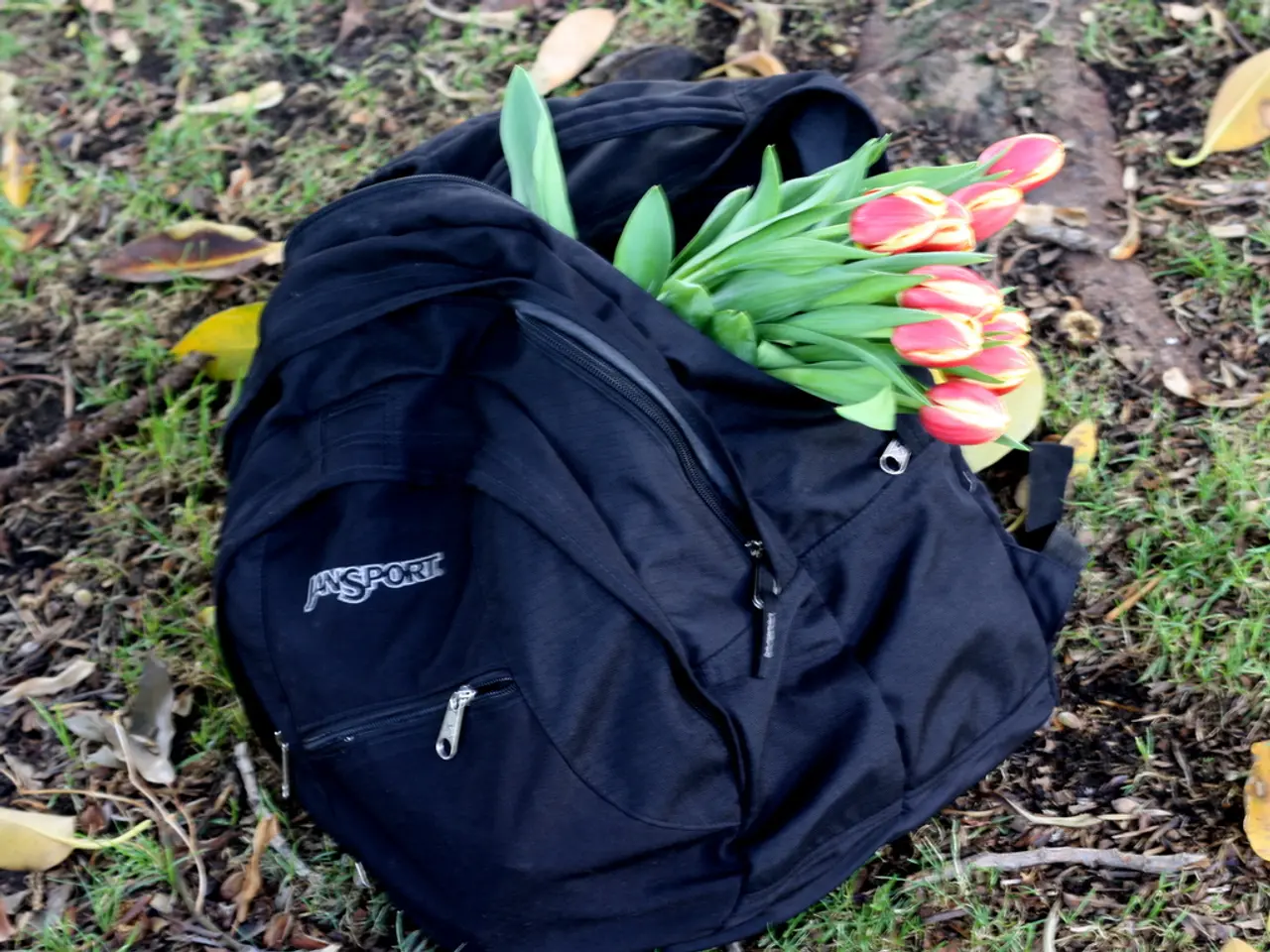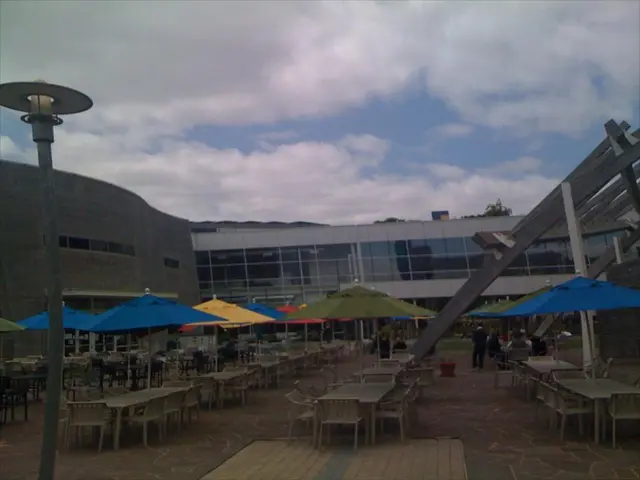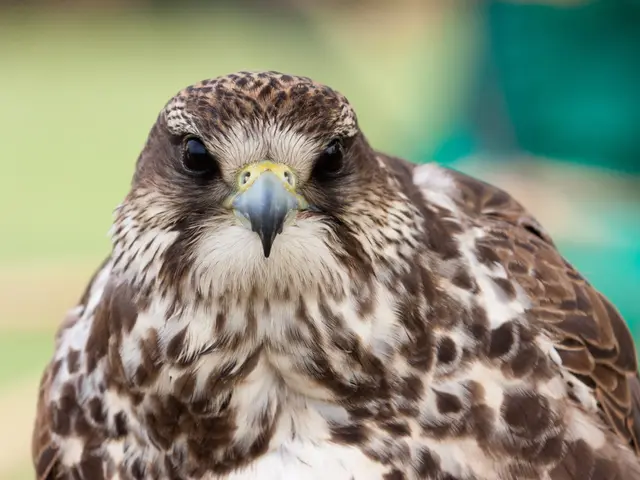Alternative Green Spaces: Crafting a Minimal-Care, Eco-Friendly Garden
In a growing movement towards sustainability, homeowners are rethinking traditional lawns in favour of more eco-friendly alternatives. These alternatives vary depending on climate and yard type, but expert recommendations offer several well-suited options for different conditions.
For those seeking low-maintenance green cover, white or microclover is an adaptable and drought-tolerant choice that thrives in various climates. Clover requires less mowing and watering, naturally fixes nitrogen in the soil, suppresses weeds, and boosts soil health.
In sunny, open areas with moderate climates, low-mow and no-mow grasses like fine fescue or buffalograss are a suitable option. These slow-growing grasses reduce mowing and watering needs, offering a soft, natural grass-like appearance.
For climate-specific landscapes, native plants and wildflower meadows are an excellent choice. These options are suited to local conditions, supporting wildlife and requiring very low water and chemical needs.
Shaded and moist environments call for ground covers such as creeping thyme, moss, pachysandra, periwinkle, hostas, or sheet moss. These add colour and texture, suppress weeds, and require minimal maintenance, with some species offering fragrance or seasonal flowers.
In dry, drought-prone climates, xeriscaping with drought-resistant plants and artificial turf are particularly effective for conserving water and providing durable landscapes. Artificial turf requires no watering or mowing, maintaining a green appearance year-round, although it's essential to be aware of potential heat buildup and costs.
By selecting the best alternative based on local climate constraints, intended yard usage, and maintenance preferences, homeowners can create diverse, eco-friendly, and beautiful yards that conserve water, support soil health, and reduce chemical and mowing demands. Combining these options can result in sustainable yards that are not only resilient but also aesthetically pleasing.
Other eco-friendly options include sedum for dry areas, adding texture to sustainable landscapes; blue fescue, a compact choice for small spaces; and ornamental grasses for texture and year-round interest. Herbs such as oregano and mint, hardy and fragrant, can be harvested for cooking, while moss is a suitable option for shady or damp areas.
Transitioning to a sustainable yard is a gradual process, with benefits including water conservation, reduced carbon footprint, pollinator support, and less maintenance. Eco-friendly hardscaping pathways, such as decomposed granite, can further reduce water use and eliminate the need for mowing.
By choosing eco-friendly lawn alternatives, homeowners can not only create beautiful, resilient spaces but also contribute positively to local ecosystems and the environment as a whole.
In the realm of environmental science, homeowners pursuing sustainable living might consider sedum for their dry areas, as it adds texture and durability to sustainable landscapes. In shaded or damp environments, home-and-garden enthusiasts could opt for moss, a low-maintenance ground cover that thrives in these conditions. Furthermore, those seeking an eco-friendly lifestyle could incorporate ornamental grasses into their yards for a textured, year-round appeal, while herbs like oregano and mint offer both fragrance and edible benefits.








